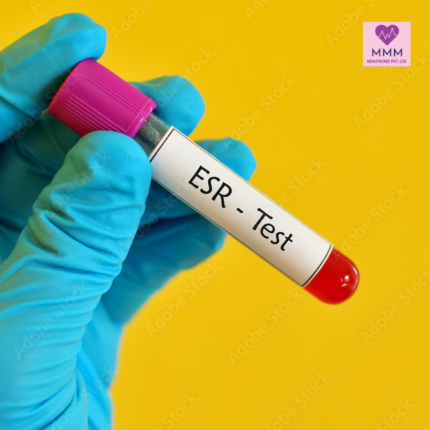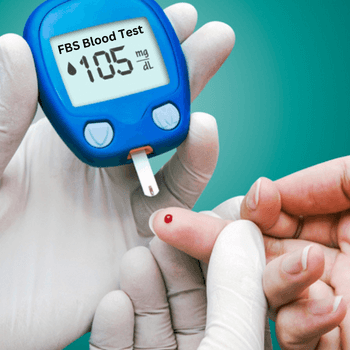Sample required : Blood
Pre Requisite : No preparations required
Identifies : Conditions like thrombocytopenia or thrombocytosis
What is a Platelet Count Test?
A Platelet Test at home counts the number of platelets, also known as thrombocytes, in the blood. They appear like small plates when seen under a microscope; hence the name. These small blood cells are crucial for blood clotting, the process that stops bleeding after an injury by forming clots. Doctors may request a Platelet Test during routine physical examinations or if there is a suspicion of conditions such as thrombocytopenia (a low platelet count) or thrombocytosis (a high platelet count). The primary purpose of a Platelet Test is to monitor or diagnose disorders associated with excessive bleeding or clotting. This test is often part of a complete blood count, a common component of regular medical checkups. Additionally, this test aids in assessing platelet function during complex surgeries like cardiac bypass which carries a higher risk of bleeding and evaluates patients with a personal or family history of bleeding disorders before surgery. This test is also used to monitor individuals on blood-thinning medications, which are prescribed to reduce clotting in those at risk for heart attacks or strokes. Platelet count testing is also required for patients suffering from dengue. During dengue infection, platelet counts often drop due to the virus’s attack. Hence, regular Platelet Count test in individuals with Dengue can predict and track recovery from dengue fever (DF), dengue haemorrhagic fever (DHF), and dengue shock syndrome (DSS), and guide treatment decisions.
Platelet Count Test Results & Interpretation
The result of a Platelet Count Blood test is given below:
Normal range: 150-450 [10^3/µL]
Low Count
Reasons for a low platelet count include:
Severe bleeding following an injury
Bacterial or viral infections
Certain medications like antibiotics
Drinking excess alcohol
Dengue fever
Contact with harmful chemicals like arsenic
Diseases in which the body attacks its own healthy cells like rheumatoid arthritis
Blood disorders like thrombotic thrombocytopenic purpura
Genetic disorders such as Von Willebrand disease
Blood cancers such as leukaemia
Treatment for cancers such as chemotherapy
A low platelet count could also be due to diminished platelet supply because of conditions like haemolytic uremic syndrome that deplete or destroy platelets. Additionally, the spleen may also sometimes trap platelets, preventing their circulation in the bloodstream.
High Count
Reasons for a high platelet count include:
Reactive Thrombocytosis
An injury Bacterial or viral infections
Inflammatory conditions like rheumatoid arthritis
Failure of kidney
Undergoing treatment for vitamin B12 deficiency
Certain medications like adrenalin
Blood disorders like anaemia
Spleen removal
Certain surgical procedures like abdominal surgery
Certain cancers such as breast cancer
A high platelet count may result from a hereditary disorder caused by a JAK2 gene mutation, leading to the bone marrow’s excessive production of platelets, which progressively develops over time.











Reviews
There are no reviews yet.